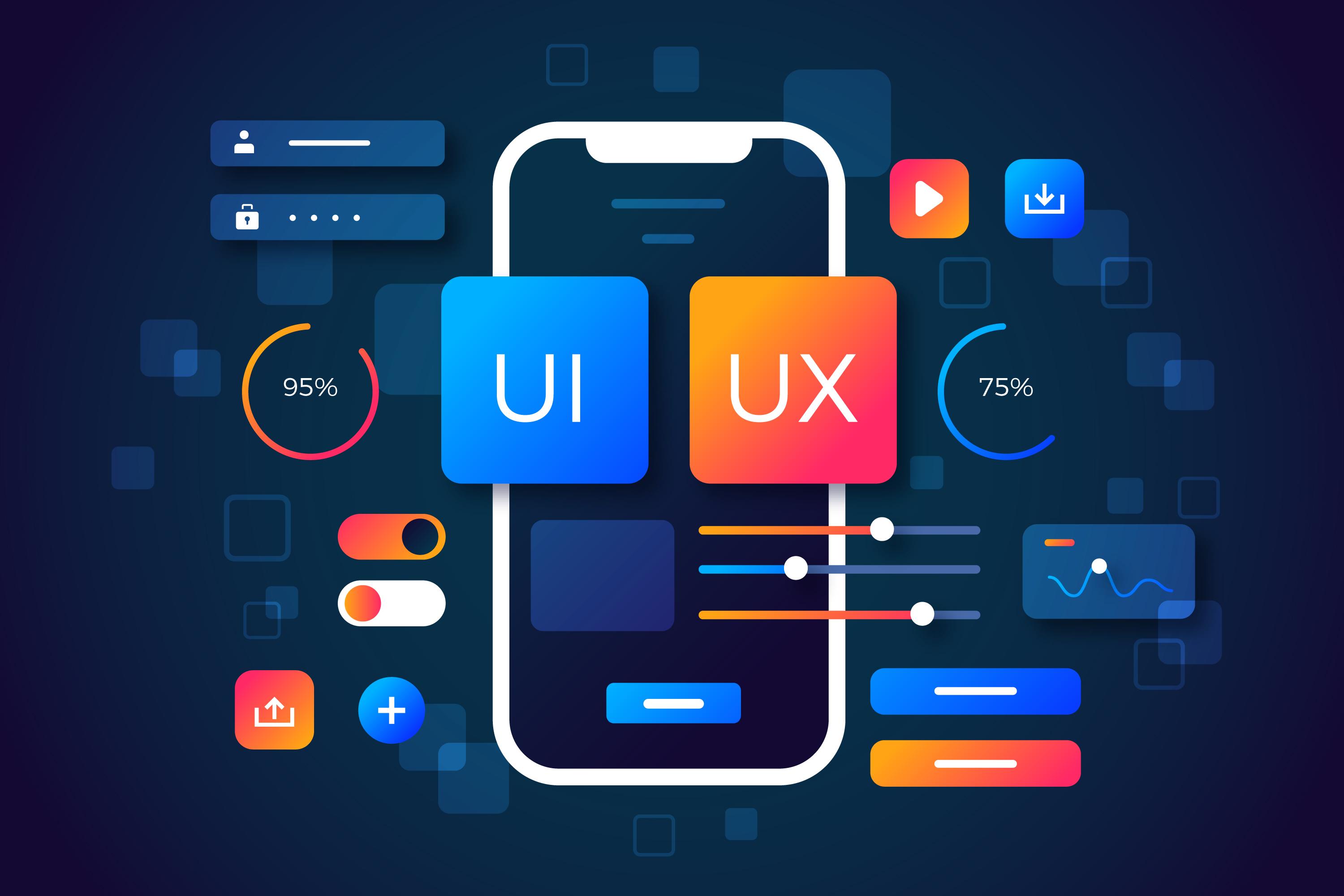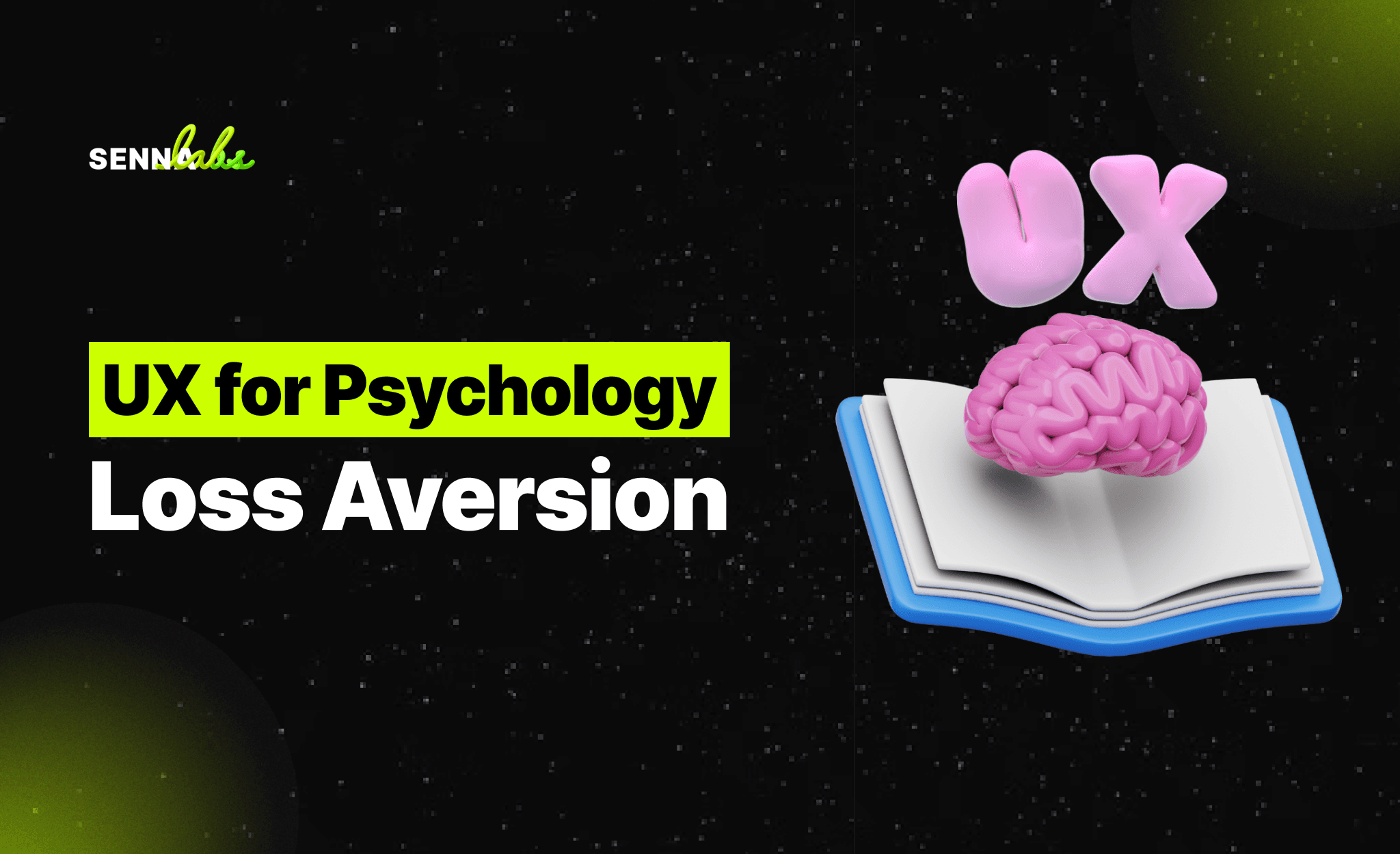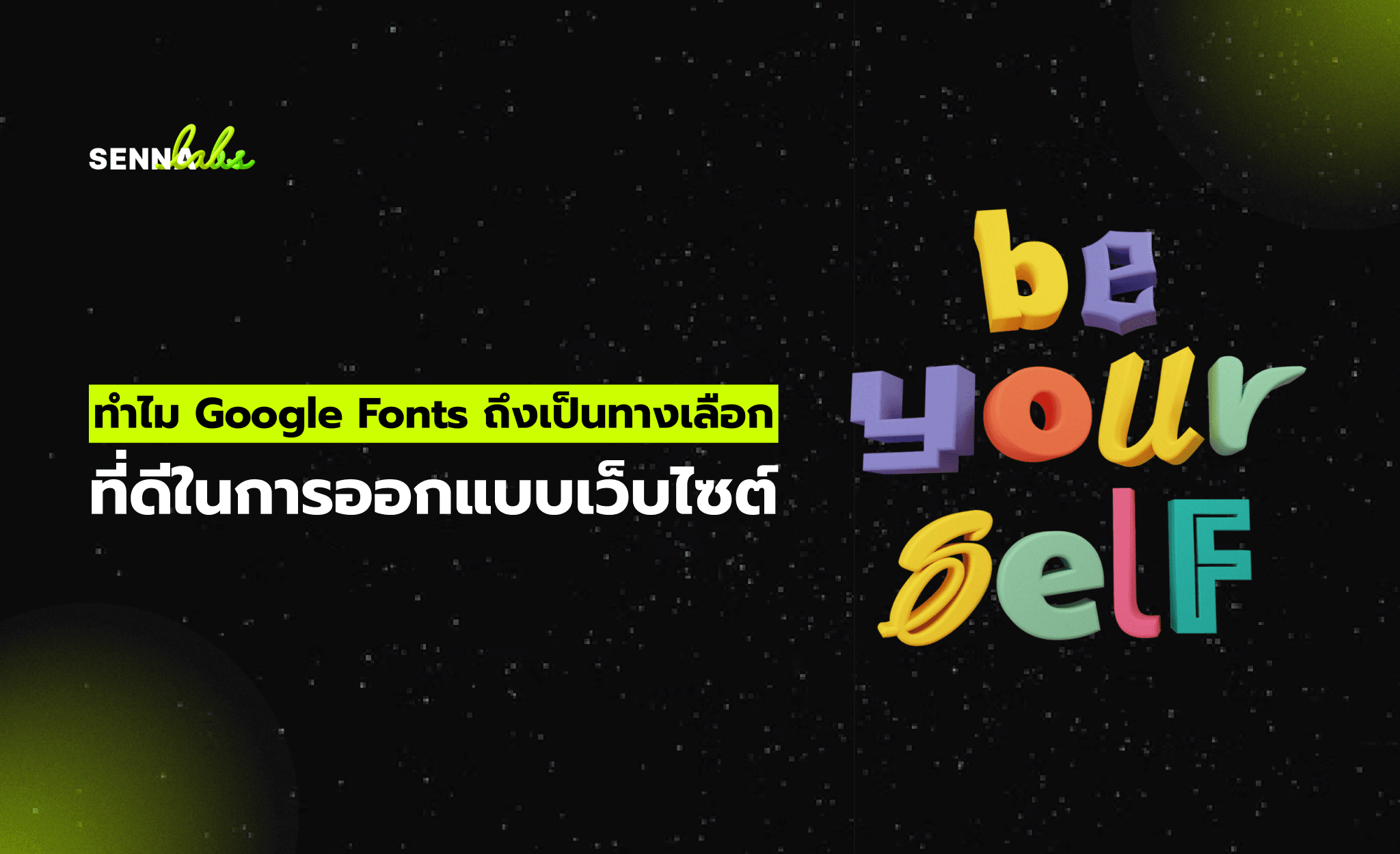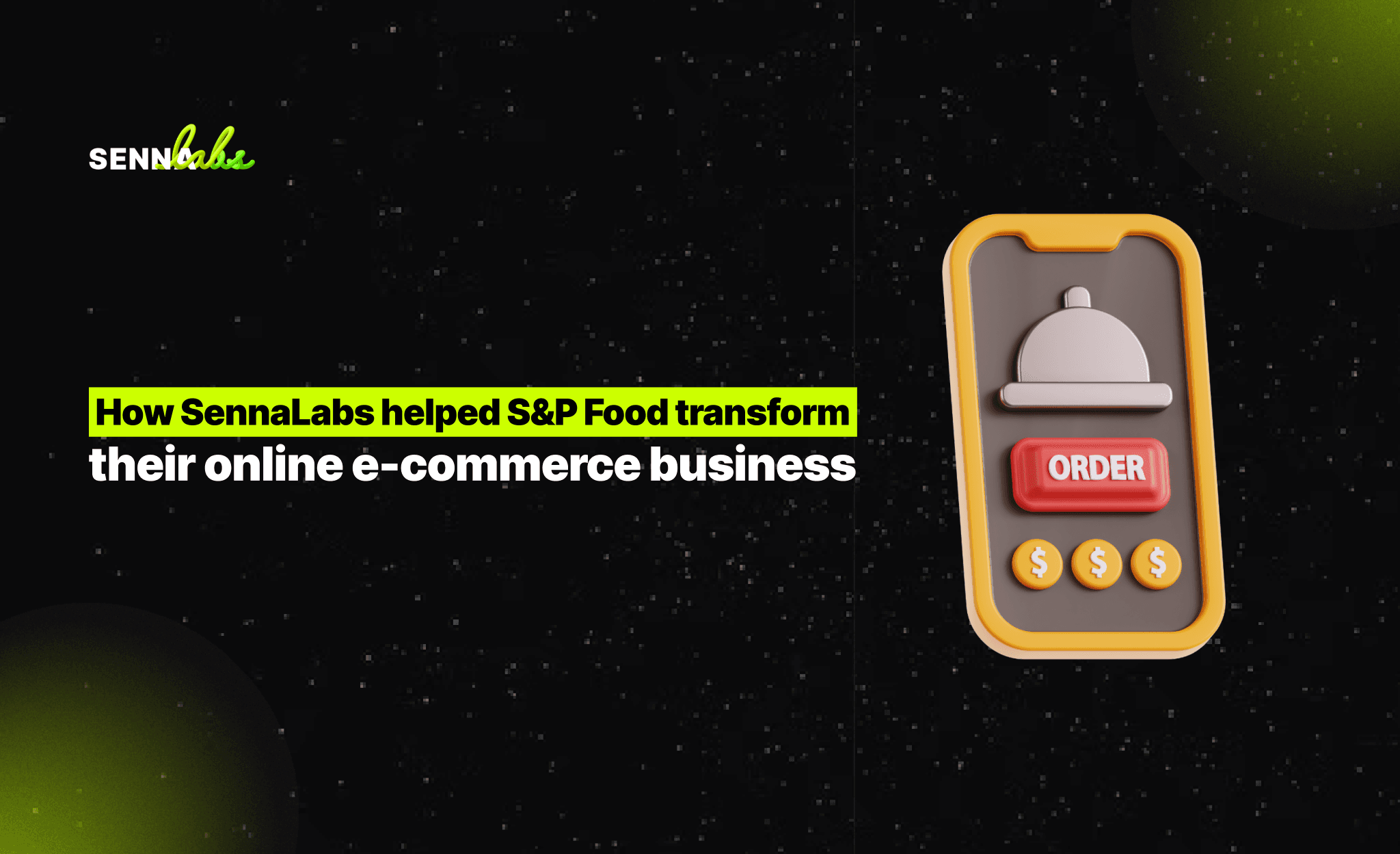Designing UI/UX for Multilingual Websites

Translating your website is only half the battle. The other half—equally important—is designing a user interface (UI) and user experience (UX) that truly supports multilingual users.
From how your layout adapts to different text lengths, to whether your menus behave as expected in a right-to-left (RTL) language like Arabic or Hebrew, multilingual UI/UX design requires thoughtful decisions. If done right, it can drive engagement, improve retention, and even increase conversions. If done poorly, it can confuse users or make your site unusable in certain languages.
This article explores key considerations when designing UI/UX for multilingual websites, focusing on language switchers, label sizing, and RTL layout challenges. It also features a real-world example of a Middle Eastern e-commerce platform that significantly improved performance by adapting its design for Arabic.

Why UI/UX Design Matters in Multilingual Projects
Even if your content is accurately translated, a poor UX can still ruin the user journey. Why?
Because different languages have different:
-
Text lengths (German is longer, Chinese is shorter)
-
Reading directions (left-to-right vs. right-to-left)
-
Cultural expectations (layout, icons, color meanings)
-
Technical needs (fonts, character encoding, line spacing)
Ignoring these differences can lead to:
-
Broken layouts on mobile
-
Truncated buttons or labels
-
Misaligned navigation
-
Confused or alienated users
The goal is to ensure that every language version of your site feels native—not simply “translated.”
1. Implementing Effective Language Switchers
Your language switcher is often the first interaction a user has with multilingual functionality. If they can't find or understand how to switch languages, they might leave your site altogether.
Best practices for language switchers:
-
Placement: Top-right corner for left-to-right (LTR) languages, top-left for RTL. This mirrors natural reading patterns.
-
Clarity: Use full language names (e.g., “English,” “Français,” “العربية”) instead of flags, which can be ambiguous.
-
Consistency: Keep the switcher visible across all pages.
-
Fallback options: Allow users to manually change language, even if auto-detection is implemented.
Pro tip: Don't just detect browser language and force a redirect—always give users the choice to switch.
2. Adjusting for Label and Text Expansion
Not all languages fit neatly into the same space. A button that says “Buy” in English may become “Jetzt kaufen” in German or “شراء” in Arabic—potentially twice as long.
What to consider:
-
Flexible layouts: Use auto-sizing containers and avoid hard-coded widths.
-
Text wrapping: Allow labels to wrap gracefully instead of overflowing or cutting off.
-
Whitespace: Design with generous padding/margins to absorb text expansion.
-
Font choice: Choose fonts that support your full character set and render cleanly at multiple sizes.
Example issues to avoid:
-
Truncated CTA buttons
-
Dropdown menus that clip longer items
-
Misaligned columns in mobile views
Building your layout to be language-flexible from the start saves a lot of time later.
3. Designing for RTL Languages
Some of the world’s most widely spoken languages—such as Arabic, Hebrew, and Persian—are read right to left (RTL). This reversal affects not only text but the entire layout.
What to reverse in RTL:
-
Navigation bar: Should align to the right
-
Content flow: Start from the right side of the page
-
Icons: Arrows, progress bars, sliders should flip direction
-
Tables and forms: Labels and inputs should adapt to the new alignment
-
Breadcrumbs: Should display from right to left
Technical considerations:
-
Use built-in CSS properties like dir="rtl" or framework-level RTL support.
-
Maintain separate style rules or use logical properties (e.g., margin-inline-start) to avoid duplication.
Failing to properly implement RTL support often leads to a site that feels “off” or unusable for native readers, even if the translation is perfect.
Real-World Case Study: Boosting Conversions in the Middle East
A leading e-commerce platform serving Middle Eastern customers noticed an issue: despite having an Arabic version of the site, conversion rates on mobile were significantly lower for Arabic users compared to English users in the same region.
Initial setup:
-
Content was translated correctly into Arabic.
-
Language switcher was available.
-
But: layout remained in a left-to-right (LTR) structure, even for Arabic.
What they changed:
-
Reversed the entire layout when Arabic was selected—menus, headers, product galleries.
-
Updated fonts to better support Arabic script.
-
Flipped directional icons and navigation flows.
-
Re-tested forms and shopping cart steps to ensure intuitive RTL usability.
The results:
-
Mobile conversions increased by 18% within 2 months.
-
Arabic users spent more time browsing and added more items to their carts.
-
Customer satisfaction ratings improved, especially in UI/UX-related categories.
The lesson? Localizing your layout is just as important as localizing your language.
Other UI/UX Tips for Multilingual Sites
-
Date and time formats: Use locale-specific formats (e.g., DD/MM/YYYY vs. MM/DD/YYYY)
-
Currency display: Adapt to local currencies with appropriate symbols and placement
-
Form design: Align labels based on reading direction and validate with localized error messages
-
Visual content: Consider whether your images, icons, or color schemes are culturally appropriate
Final Thoughts
Multilingual UI/UX design is about more than translation—it’s about respecting the way people think, read, and interact in their own language.
Key takeaways:
-
Make the language switcher easy to find and intuitive.
-
Design layouts that flex with text length and font changes.
-
Fully support RTL languages for markets like the Middle East.
-
Test with real users in different languages to catch UX gaps early.
When done right, multilingual UI/UX doesn’t just make your site accessible—it makes it welcoming. And that’s what drives results.


Subscribe to follow product news, latest in technology, solutions, and updates
Other articles for you



Let’s build digital products that are simply awesome !
We will get back to you within 24 hours!Go to contact us Please tell us your ideas.
Please tell us your ideas.







